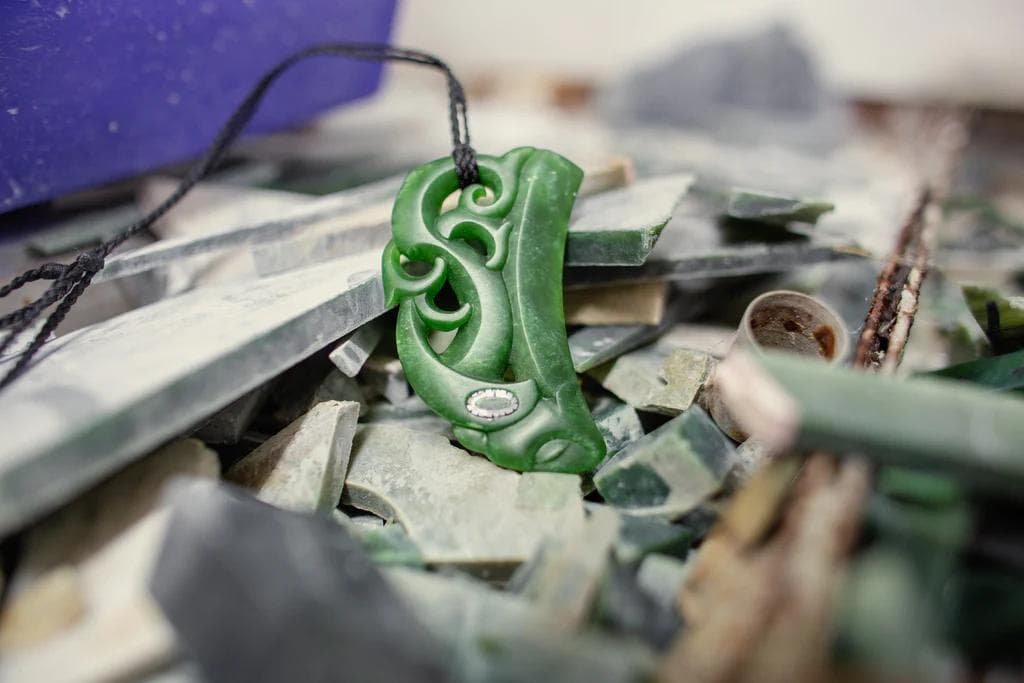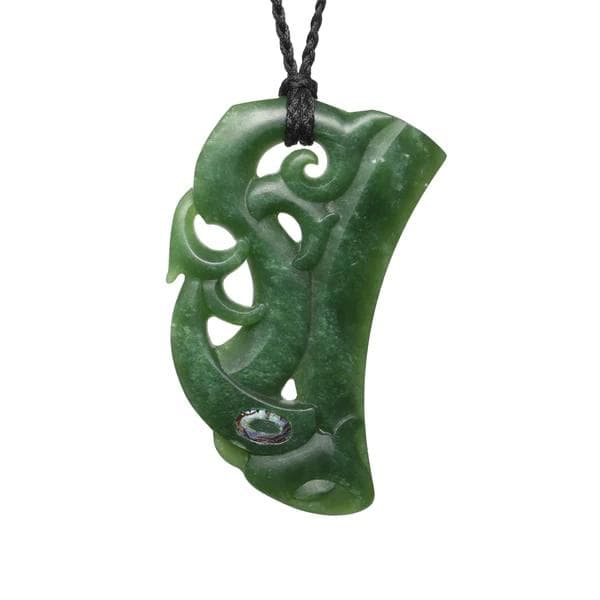19 May 2022
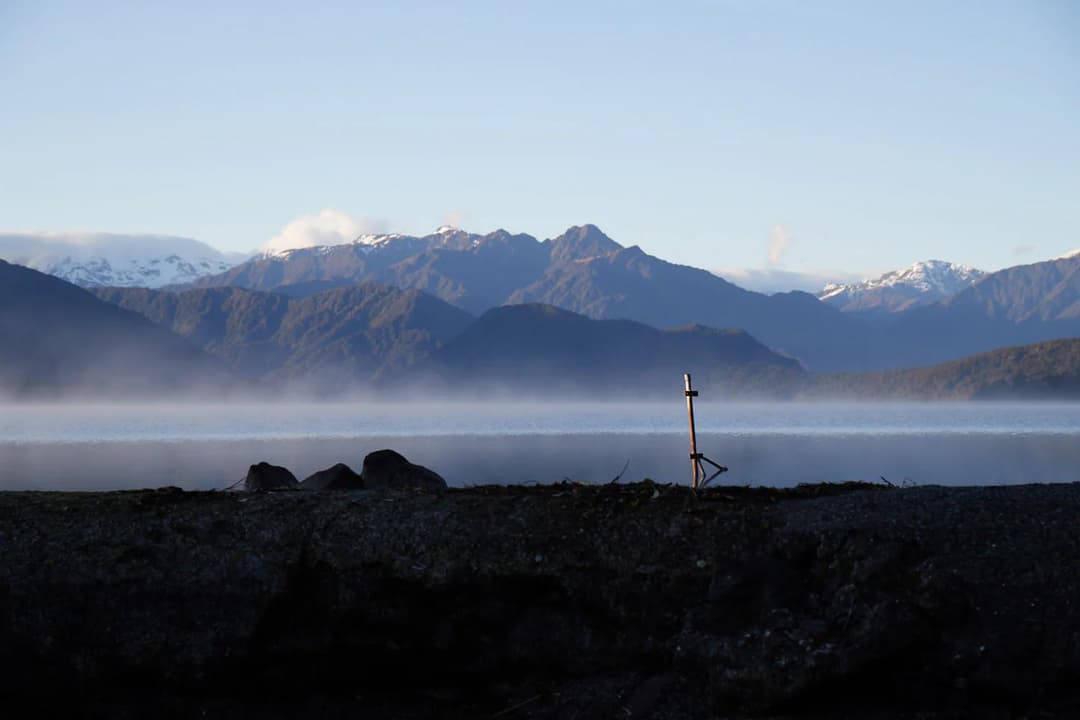
As tangata whenua – people of the land – Māori are intimately connected to the natural environment and have a distinct and special connection to the land. They believe that all living things have mauri, a life force or essence which binds every mountain, river, bird, and tree to one another. Being deeply connected to the natural world, Māori understand the importance of kaitiakitanga and recognise the need to protect the mauri of all living things that surround us.

While kaitiakitanga is the concept of caring for our natural surroundings, kaitiaki is referred to as a person, group or being who is responsible for guarding our natural resources, or more broadly speaking, responsible for something worth protecting.
For instance, Ngāi Tahu is kaitiaki of all pounamu (greenstone) in the South Island. It is their responsibility to ensure pounamu is sustainably managed, which means not only caring for the stone but also protecting and advocating for the rivers it comes from, the artists that shape it and the communities that surround it.
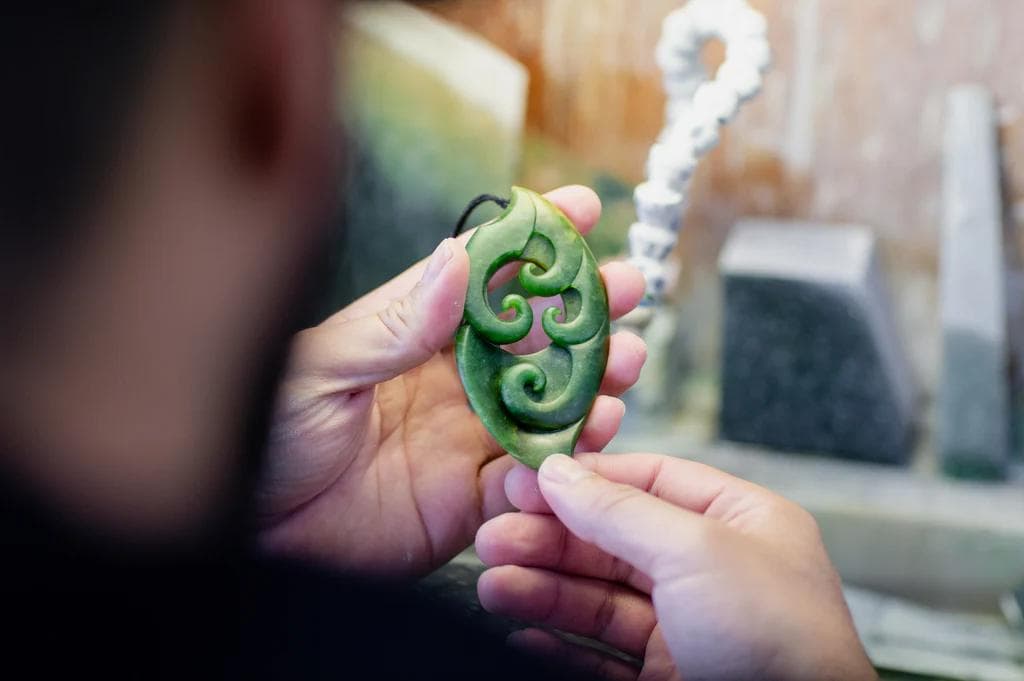
Kaitiaki can also be understood through Māori mythology. Legend says that the natural world is divided into realms ruled by different gods, the children of Ranginui (sky father) and Papatūānuku (earth mother). These gods are considered the original kaitiaki of their realm, such as Tāne Mahuta being god and protector of the forest and Tangaroa being god and protector of the sea. Kaitiakitanga is thought to be based around these realms of the gods.
Many animals including birds, insects and fish, as well as mythological creatures such as the manaia and taniwha are also considered kaitiaki, protecting the sky, land and sea in which they roam. They are believed to be messengers between the spirit realm and human world.
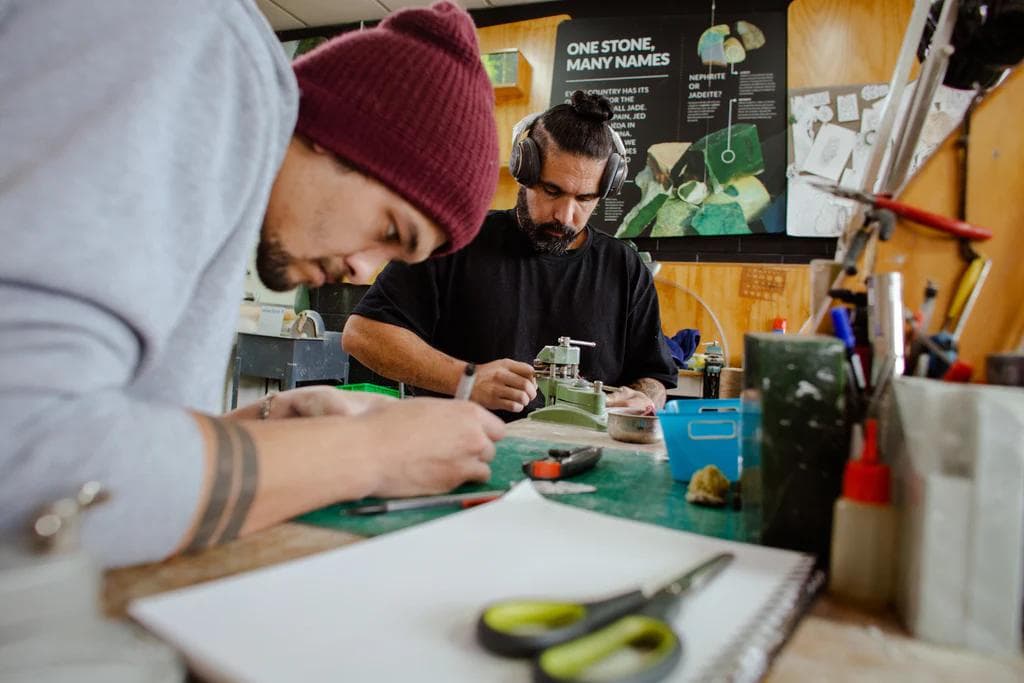
Sharks are revered as powerful, resilient creatures that dominate the oceans. They play a role in many Māori legends and have been symbolic of guardianship and protection of our oceans and people. One legend tells of a taniwha Ruamano that took the form of a mako shark. If a waka (canoe) overturned, the crew called upon Ruamano to deliver them safely to land.
Akapita Scally was inspired by the mako shark to create this unique greenstone carving. The mako shark is found in waters throughout the world, but its name comes from Aotearoa – a Māori word referring to both the shark and its teeth. Traditionally, mako teeth were highly esteemed and treasured by Māori and often worn from the ear.
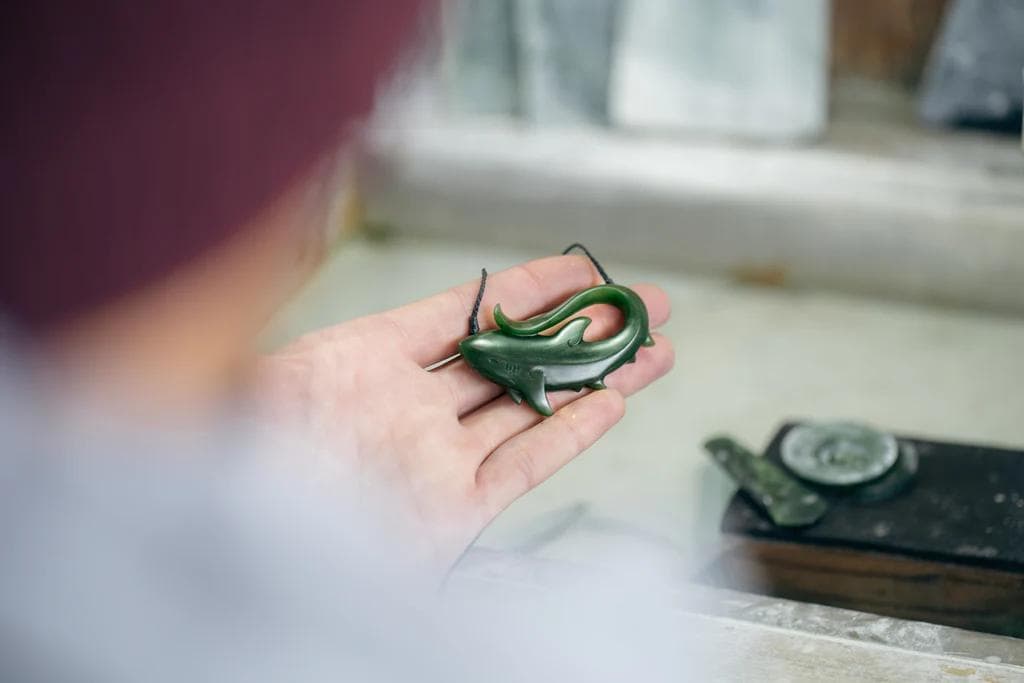
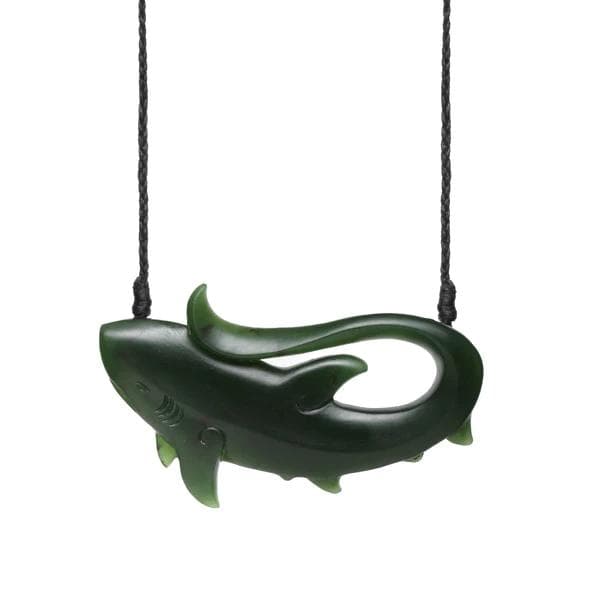
The whai (stingray) is part of many Māori legends and is an important creature to the seas around New Zealand. Traditionally the whai, was known as a kaitiaki of the ocean, and when people followed the right tikanga (principles) the stingray would ensure the ocean was abundant with shellfish.
This beautiful whai necklace was carved by Tamaora Walker from New Zealand pounamu.
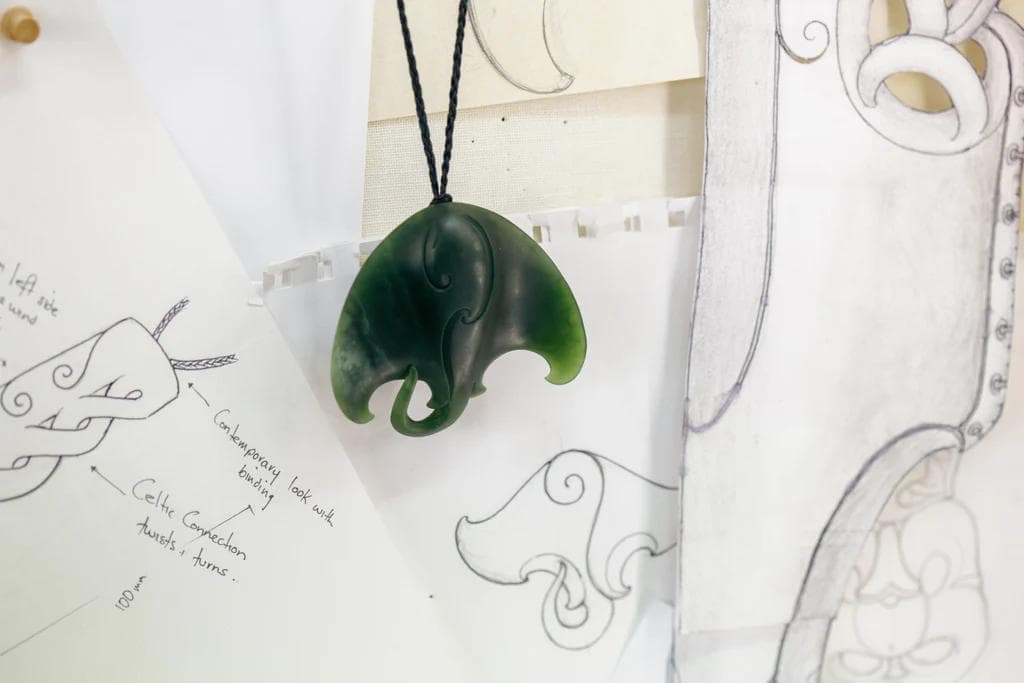
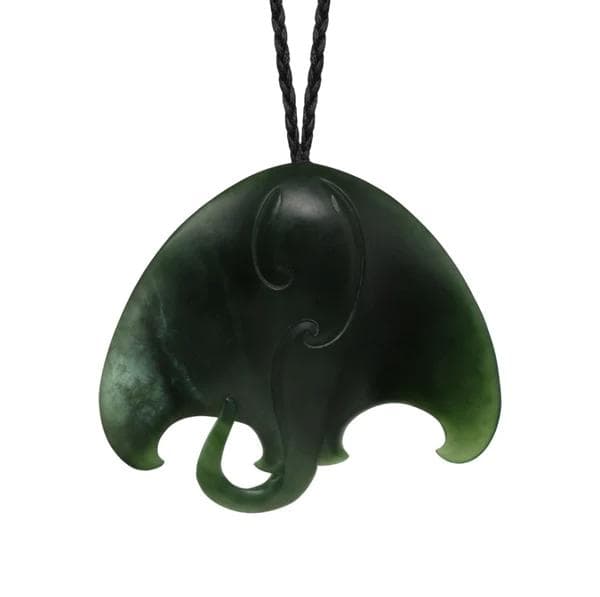
New Zealand has two types of lizard – skinks and geckos – collectively mokomoko in te reo. Our native lizards aren’t found anywhere else in the world and are sacred to Māori, steeped in cultural and spiritual importance. For Māori, mokomoko are seen as kaitiaki and released near the burial sites of loved ones or important whare (houses) as guardians to offer protection.
This New Zealand Greenstone Mokomoko was carved by Akapita Scally from New Zealand pounamu.
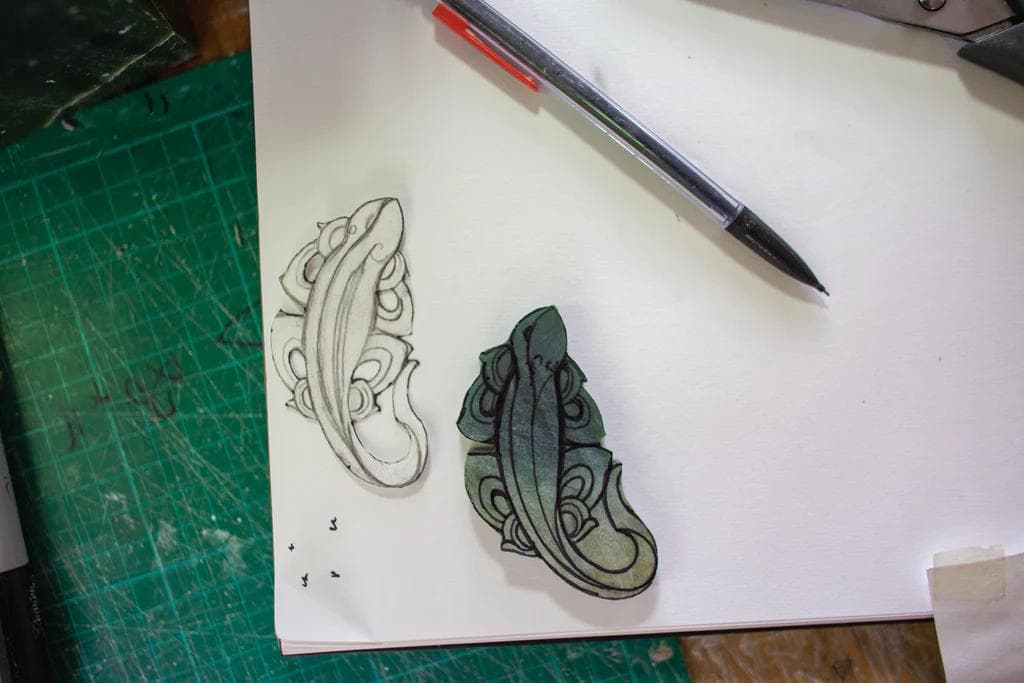
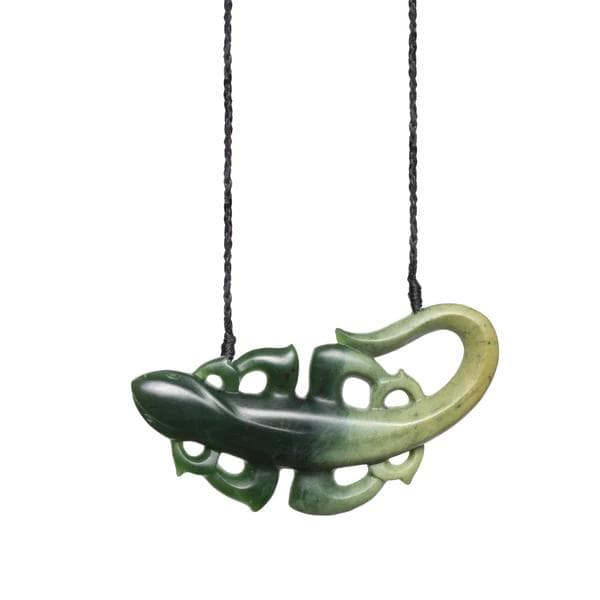
The tīrairaka, also known as the pīwakawaka or tiwakawaka is one of the most common and widely distributed native birds on the New Zealand mainland. One of Tāne, god of the forest and birds, the tīrairaka is a small bird, yet daring and full of energy. It is a challenger to anyone that enters the sacred forest of Tāne, compelling them to be respectful and protect all within it.
This exquisite tīrairaka pendant was carved by Akapita Scally from New Zealand pounamu.
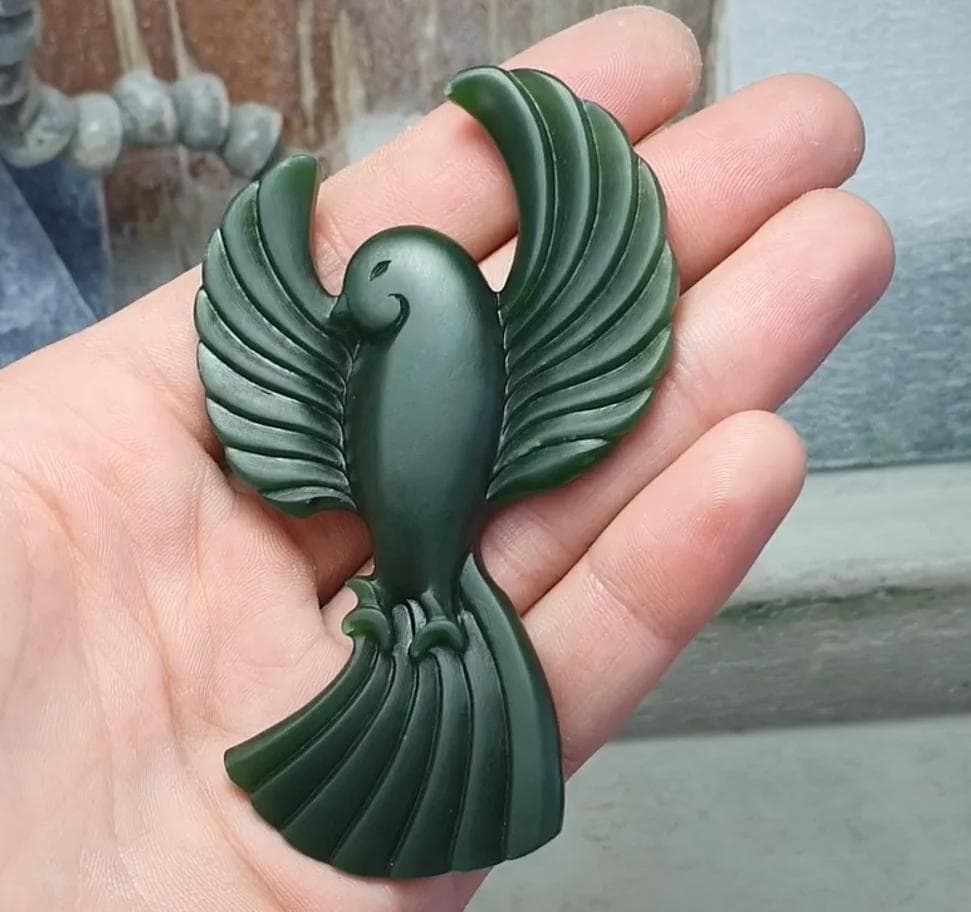
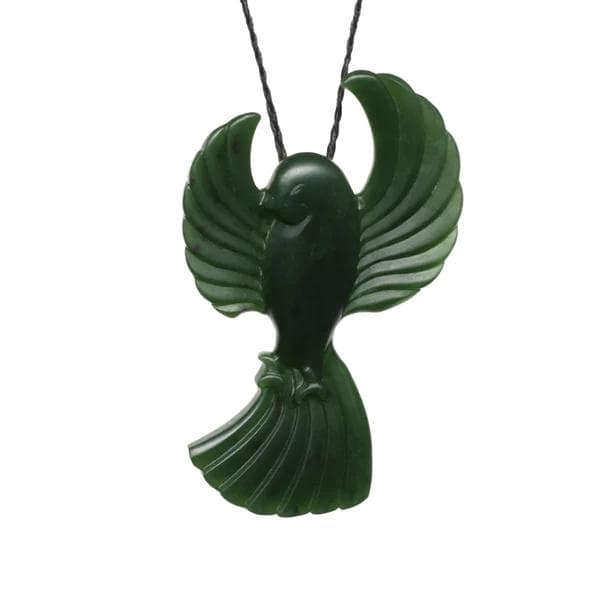
Māori have a strong cultural connection to whales and consider them descendants of Tangaroa, the great god of the ocean. It is thought that when whales swam alongside waka (canoe) on long journeys across the Pacific ocean, they were acting as guardians, guiding the way through storms and towards the safety of the land.
Traditionally, whale teeth are important cultural objects throughout the Pacific. When a whale washed up onto the shores it was considered a gift from Tangaroa and Māori would use its meat as food, the blubber as preserving oil, and the bones and teeth were carved into adornments and weaponry.
This striking whale tooth pendant incorporates a manaia design and was carved by Tamaora Walker from New Zealand pounamu.
